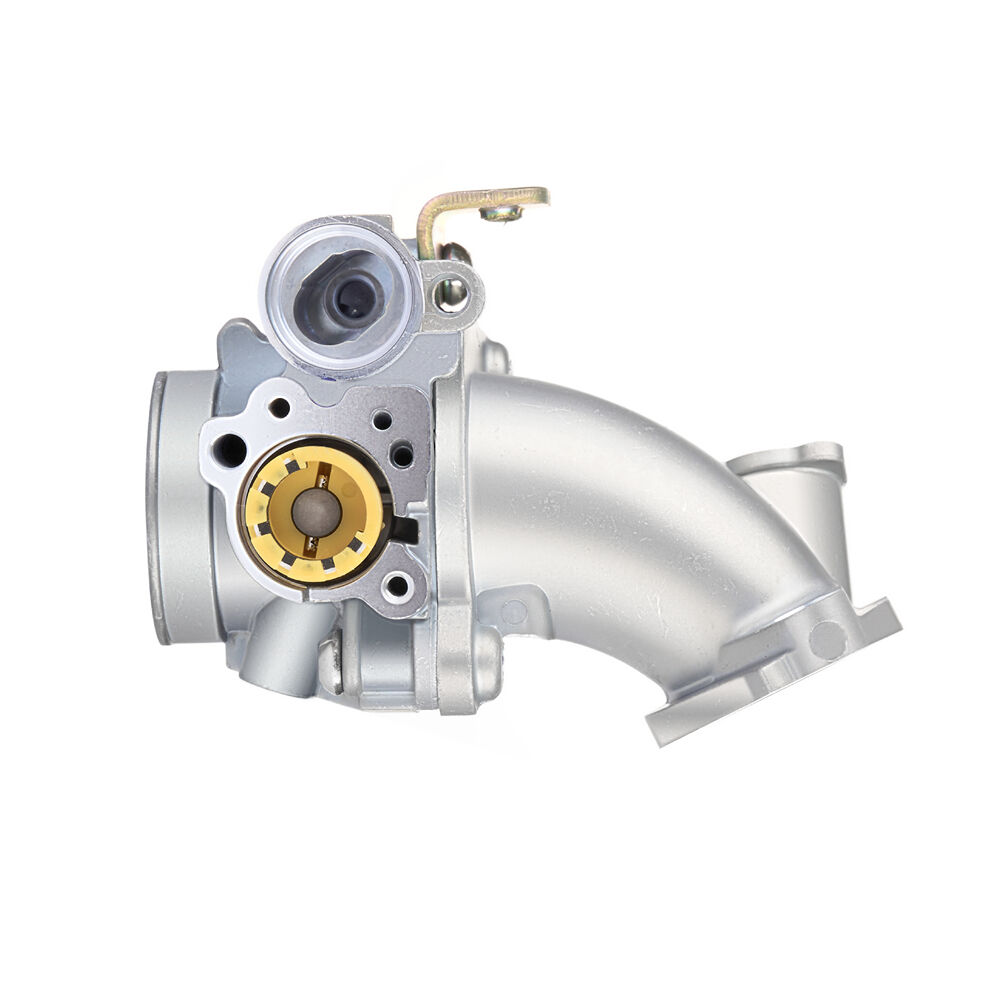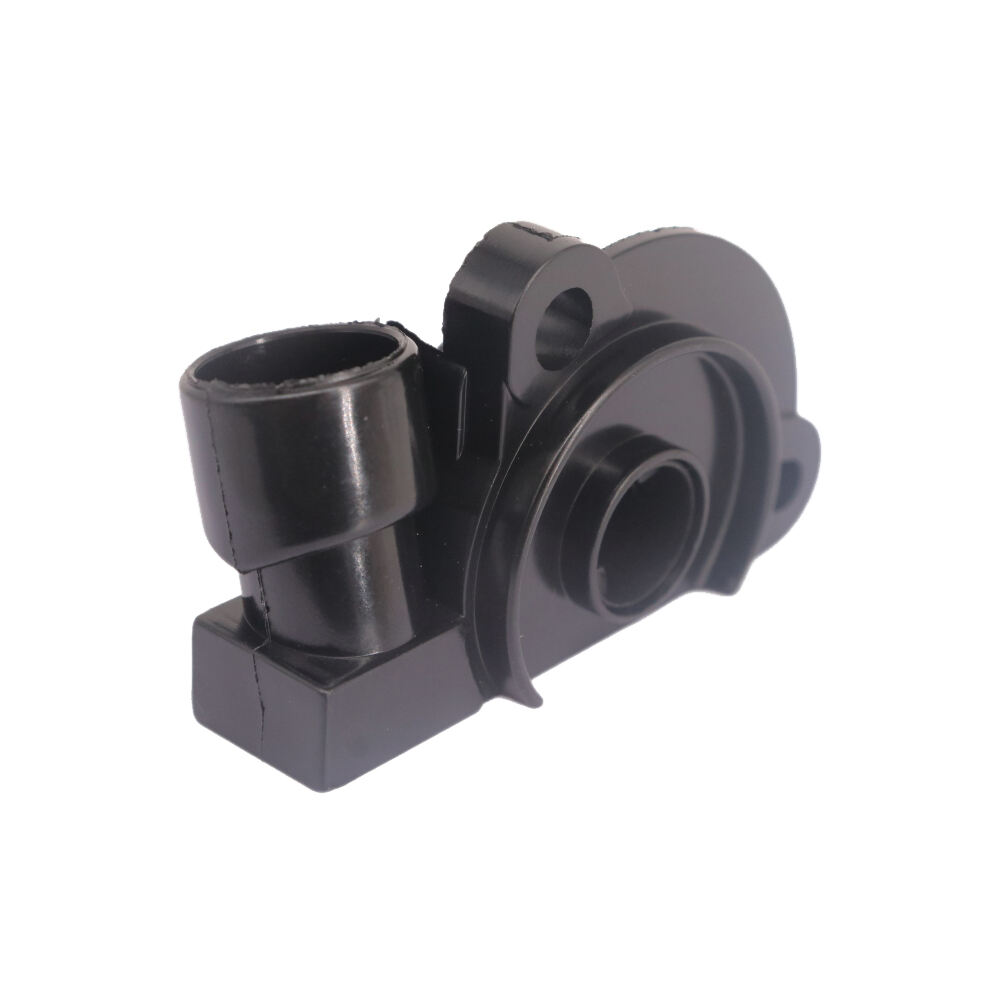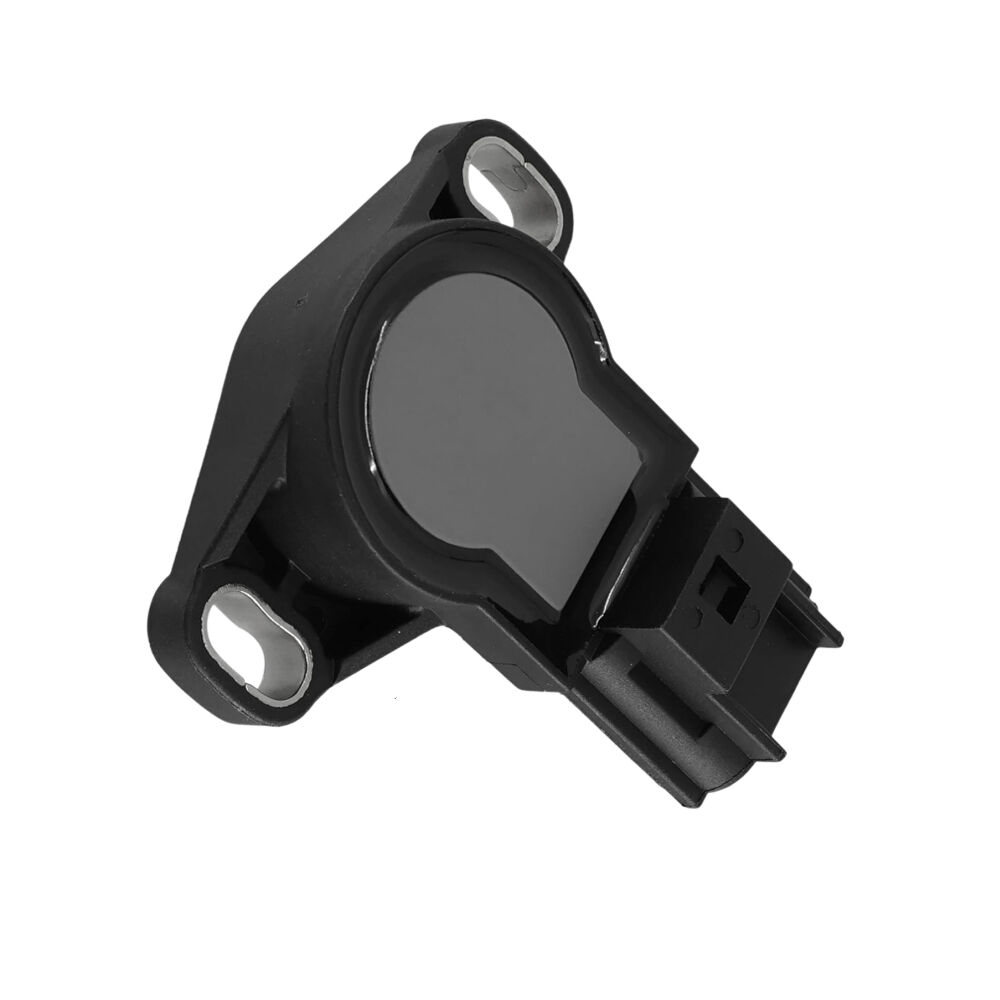symptoms of a bad map sensor
A MAP (Manifold Absolute Pressure) sensor plays a crucial role in your vehicle's engine management system, measuring the pressure in the intake manifold to help optimize fuel delivery and engine performance. When this sensor malfunctions, several distinct symptoms emerge that can affect your vehicle's operation. Common symptoms include rough idling, where the engine struggles to maintain a steady RPM at standstill, and poor acceleration performance, characterized by hesitation or stuttering when pressing the gas pedal. Drivers might notice decreased fuel efficiency as the engine control unit (ECU) receives incorrect pressure readings, leading to improper fuel mixture calculations. Engine misfires become more frequent, especially during acceleration or when the engine is under load. The check engine light typically illuminates, storing specific diagnostic trouble codes related to MAP sensor malfunction. Modern vehicles may experience stalling issues, particularly during sudden stops or when coming to idle. Poor throttle response becomes evident, with delayed reactions to accelerator input. In some cases, black smoke may emit from the exhaust due to an overly rich fuel mixture, while starting problems, especially in cold weather, become more prevalent. Understanding these symptoms is crucial for timely diagnosis and repair, preventing potential damage to other engine components and maintaining optimal vehicle performance.


